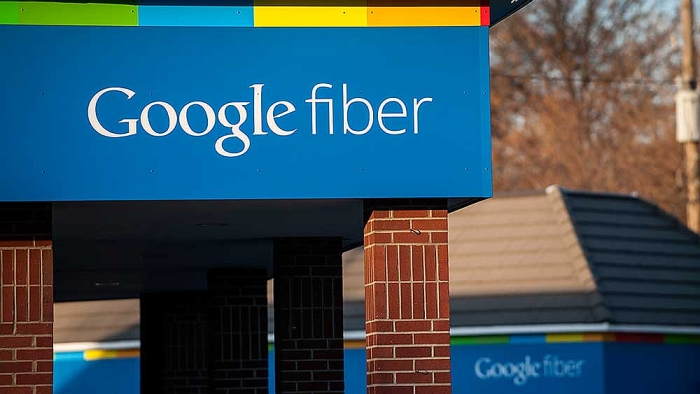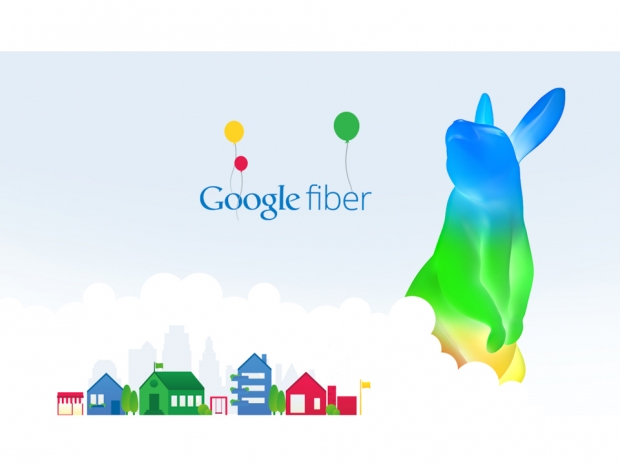
Image credit: Bloomberg
In July 2015, the company partnered with ConnectHome, a joint initiative led by the U.S. Department of Housing and Urban Development (HUD) and the White House to accelerate Internet adoption by families with school-aged children living in public housing tracts. Under the partnership with ConnectHome, the U.S. government’s HUD Secretary Julian Castro said up to 200,000 children across 28 different U.S. cities are expected to be connected to ultra high-speed Internet. Google Fiber will be part of those connections in the cities of Atlanta, Georgia, Durham, North Carolina, Nashville, Tennessee and San Antonio, Texas.
Families in these mostly low-income housing tracts will be able to access Google Fiber with symmetric speeds up to 1Gbps for downloads and 1Gbps for uploads, all at no cost to the housing authority or to residents. Google will begin its free Fiber rollout with residents at West Bluff, an affordable housing community in Kansas City, Missouri, where 100 homes have been connected to the service. The company is currently working with nine low-income property regions that could eventually reach more than 1,300 local families.

Google Fiber speed test in neighboring Kansas City, Missouri (March 2013)
“Working side-by-side with the Housing Authority of Kansas City, we’re launching the program today at West Bluff, the first property to receive gigabit Internet as a part of this program,” says Google’s blog post. “We’ve wired all 100 homes with Fiber, and families can sign up today to access the Internet at up to 1,000 Mbps. And through local ConnectHome partners, such as Connecting for Good and Surplus Exchange, they’ll also be able to purchase discounted devices and learn new computer skills. Across Kansas City, we’re working with local affordable housing providers to connect up to nine properties, reaching more than 1,300 families in the metro area.”

Normally, Kansas City residents pay about $70/month for Google Fiber gigabit Internet service.
In some cities, including Austin, the company also aims to make new investments in local computer labs and digital literacy classes for all residents so they can learn the basics of the modern Internet economy. This is expected to allow more disadvantaged population groups to get up to speed with routine Internet-based services including email, finance, knowledge discovery, shopping, social services, news media, social media other basics of the Web.
On Monday, Google’s parent company Alphabet revealed during its earnings call that the majority of capital expenditures for its “other bets” 2015 category went toward the installation of Google Fiber in a handful of cities. The company also mentioned, however, that Fiber service was one of the three top revenue-producing initiatives in the segment.
“In terms of Fiber and what we're doing more broadly in Other Bets, Fiber will continue to be, we expect, the biggest consumer,” Porat said. “It obviously increases as we execute in a growing number of cities. One of the main things that also affected 2015 is the rollout was really measured as we worked to enhance the construction process and efficiency, doing things like developing relationships with cities and establishing protocol with construction partners.”


